Alineadores transparentes- La obvia elección para ortodoncia durante el distanciamiento social.
July 21st, 2020
Vivimos en tiempos distintos- los gestos que una vez dábamos por sentado- los apretones de manos, los abrazos, las bombas de puño- ahora son un tabú; incluso nuestras sonrisas a menudo se esconden detrás de las mascarillas. Pero eso no significa que nadie está viendo tu sonrisa. COVID-19 nos ha hecho distanciarnos físicamente, pero a la vez ha creado un auge en las redes sociales. Los seres humanos somos criaturas sociales y hemos encontrado nuevas formas creativas para mantenernos en comunicación aun cuando estamos separados.
Selfies, llamadas por video, escuelas y reuniones virtuales están sucediendo ahora más que nunca, lo que significa que nuestras sonrisas están siendo vistas aún más de cerca que antes. Todos queremos sentirnos más seguros de nosotros mismos en frente de la pantalla- tanto los adolescentes como los adultos. El autoestima juega un papel importante en el desarrollo de los jóvenes y se ha demostrado que los alineadores transparentes aumentan la confianza de los adolescentes durante el tratamiento y más aún después de terminado cuando han logrado la sonrisa que siempre desearon.
Ahora que se han levantado las órdenes de quedarse en casa, no hay motivo para seguir esperando para obtener la sonrisa de sus sueños para usted o su hijo; en la oficina de Dr. Joseph Lohner SkylandSmiles Orthodontics, hemos combinado la tecnología de alineadores transparentes con consultas virtuales, para poder brindarles a nuestros pacientes la mejor protección mientras logramos su bella sonrisa.
¿Porque los alineadores transparentes son la mejor opción ahora mismo?
Aunque ya está permitido salir de casa, todavía el sentimiento de temor es muy alto. Aun debemos de ser cuidadosos con lo que tocamos, donde y con quien pasamos el tiempo. Los alineadores transparentes, permiten que realices tu tratamiento ortodóntico mantenido el distanciamiento social, pero a la misma vez contando con la supervisión de un doctor con la experiencia y especialidad en ortodoncia como Dr. Joseph Lohner.
Cuando iniciemos el tratamiento recibirás los alineadores y los tienes que usar 22 horas al día-No debes usarlo menos de las horas recomendadas o el tratamiento tomará más tiempo! Al igual que con los aparatos ortodónticos, te tendremos que ver en la oficina regularmente pero con la diferencia de que podemos espaciar más el tiempo entre visitas!
Para minimizar aún más su tiempo en nuestra oficina- Dios! extrañamos ver a nuestros pacientes todo el tiempo pero sabemos que es más seguro- hemos implementado un sistema para recoger los alineadores. Durante su tratamiento, usted recibirá varios alineadores a la vez, luego iremos midiendo tu progreso en las citas (en persona o virtual) y pasamos al siguiente conjunto de alineadores. Si todo va bien, puedes recogerlos en nuestra puerta sin tener que entrar a la oficina!
Si bien preferimos ver a cada uno de nuestros pacientes todo el tiempo, estamos haciendo nuestra parte para aplanar la curva y mantener a todos sanos y seguros. Los alineadores trasparentes nos permiten ayudarlos a lograr la sonrisa de sus sueños de la manera más segura posible- es la mejor elección. No cualquier oficina puede hacer esto, en SkylandSmiles tenemos la experiencia tanto en ortodoncia como en tecnología para ayudarlo a obtener esa sonrisa. Nuestra divertida y amigable oficina podrá verse un poco diferente de lo que solía ser, pero todavía estamos creando formas para hacerte sentir nuestro cariño mientras estas aquí!
Una nota breve:
A menudo nos preguntan sobre Invisalign. Si bien es definitivamente un nombre popular, ahora hay muchas marcas disponibles. Dr. Lohner elegirá el tratamiento de alineadores más adecuado para usted. Dr. Lohner ha tratado a miles de pacientes y emplea la tecnología más reciente para asegurarse de siempre brindarle la mejor opción disponible. Dale un vistazo a los comentarios de nuestro pacientes para que lo veas por ti mismo!
Hay tantas cosas de las que nos estamos privando en estos días, no permitas que la sonrisa de tus sueños sea una de esas cosas. Tenemos opciones flexibles de financiamiento y bajos pagos iniciales.
Llámanos hoy para programar to consulta gratuita- podemos comenzar virtual (simplemente oprima el botón al lado de su pantalla) o en persona- Usted elige!
No olvides visitar nuestra página de Facebook para obtener más información sobre nuestra oficina y para leer las reseñas de nuestros pacientes!



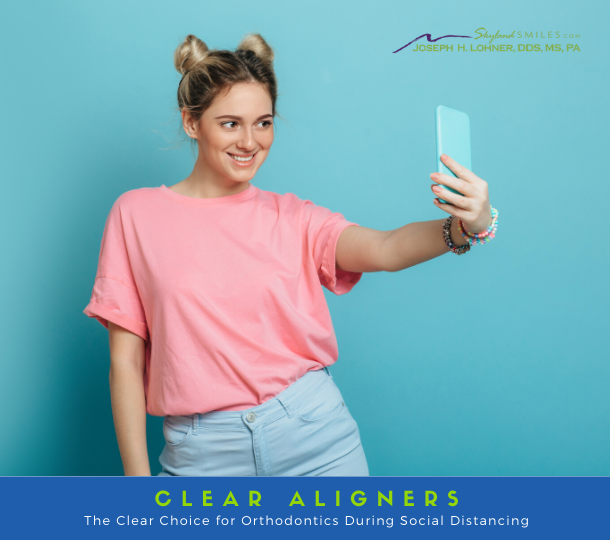
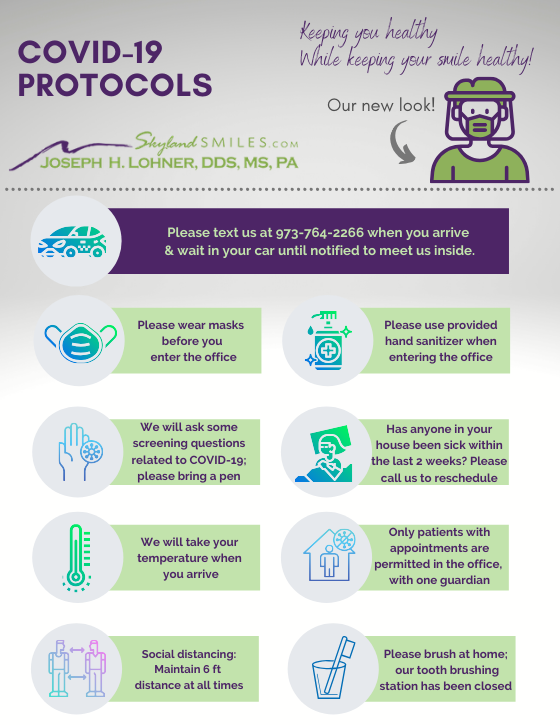



















































































































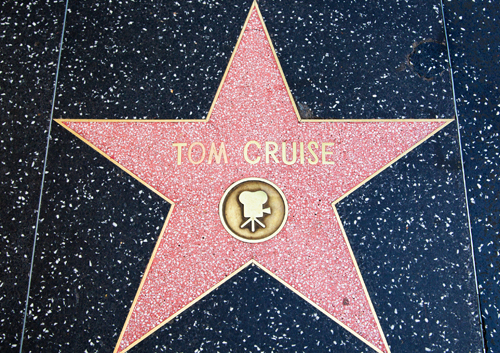



















































































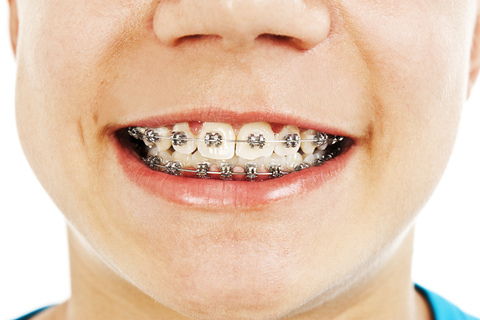










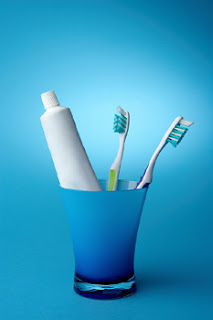










 We love October, and not just for the changing weather and Halloween excitement! It’s National Orthodontic Health Month.
We love October, and not just for the changing weather and Halloween excitement! It’s National Orthodontic Health Month.























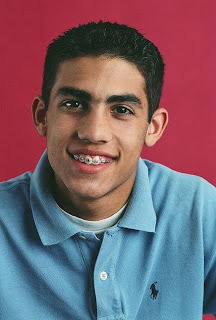

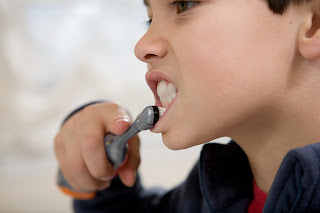


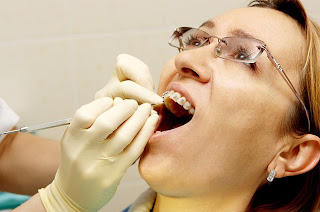



 Great question!
Great question!




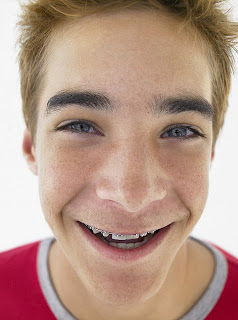
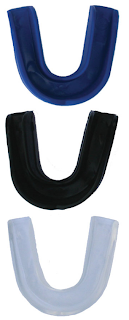
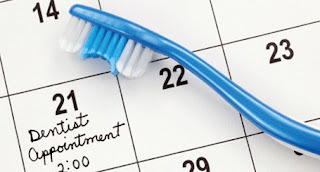


















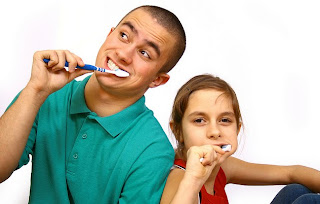








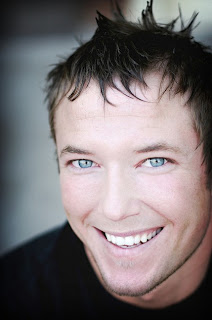


























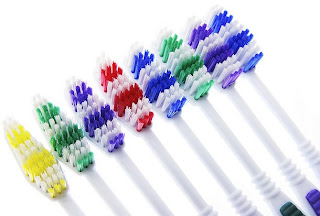












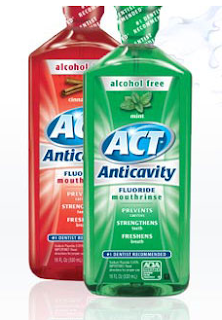







 Dr. Joseph Lohner attended dental school at the University of Maryland, where he received his DDS degree and his Master of Science in Anatomy. He then continued on to the University of Medicine and Dentistry of New Jersey to earn his orthodontic specialty certificate. Concurrently with dental school,
Dr. Joseph Lohner attended dental school at the University of Maryland, where he received his DDS degree and his Master of Science in Anatomy. He then continued on to the University of Medicine and Dentistry of New Jersey to earn his orthodontic specialty certificate. Concurrently with dental school, 




 Website Powered by Sesame 24-7™
Website Powered by Sesame 24-7™